Urban and Rural: Seeing the Whole Cuba
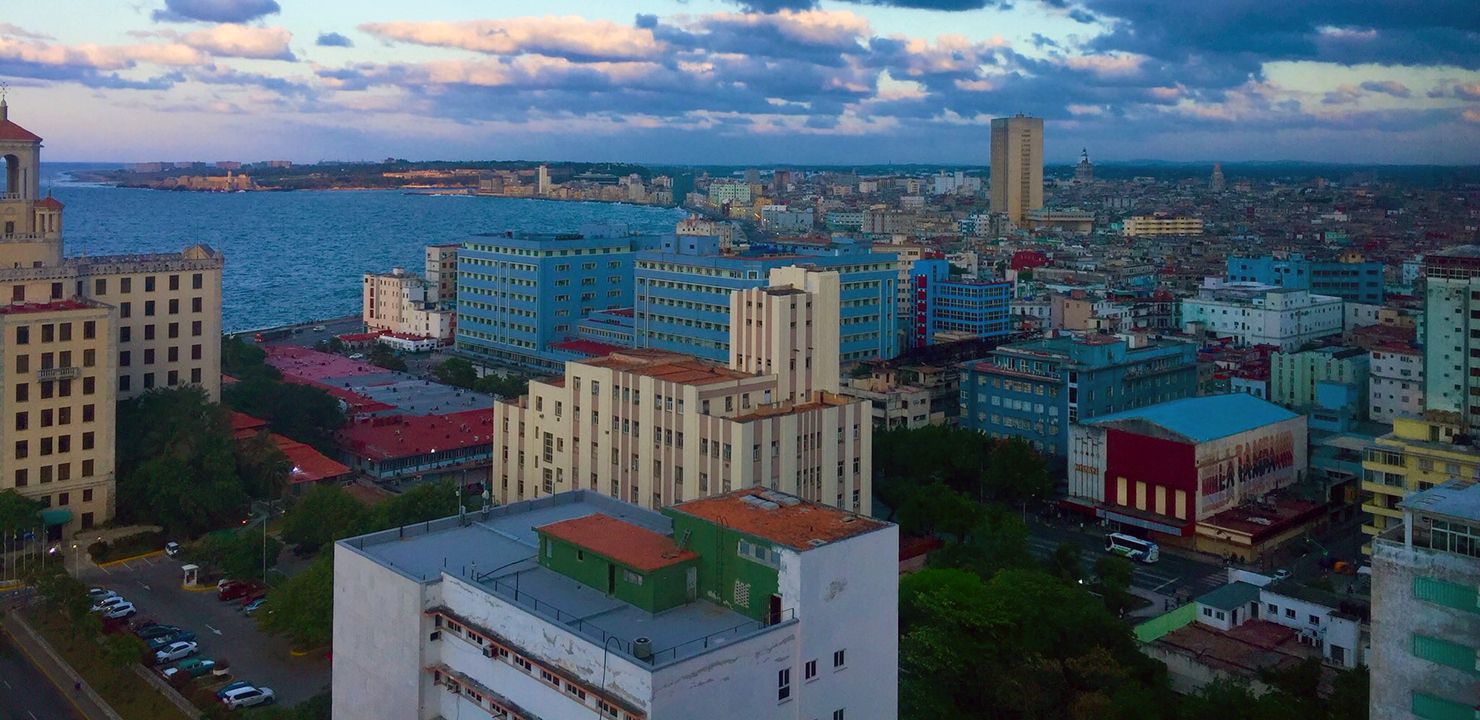

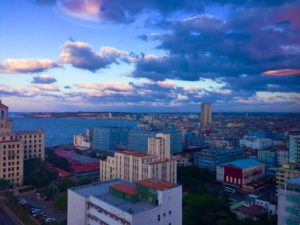
Traveling through urban and rural landscapes is an important part of the Cuban experience. As a student at the University of Havana you spend more time immersed in urban life, but as an IFSA student, you have many opportunities to catch a glimpse of the world that exists en provincia, outside Havana.
To learn about life outside Havana, you have to start in Havana. In the sprawling capital of Cuba, life is erratic and fast-paced, and there is always a lot to do. Havana is at the center of Cuba’s developing tourist economy, with a rising skyline filled with new hotels.
The city has struggled to keep pace as people leave the countryside for opportunities in the capital. Buses that run between far flung neighborhoods on the outskirts to Habana Vieja are crowded regardless of time or day. One student—Adriana, who moved to the city from western Cuba to attend University of Havana—commented that housing has also become an issue. Many migrants face the choice of moving in with family members who are already in Havana or living far away in the outskirts of the city.
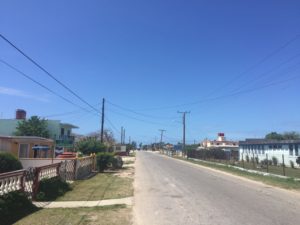
Food has also been contentious issue as people begin to consume more “fast food”—sold at privately owned paladares and cafeterias—than traditional home cooking. This has led to a rise in obesity, but it has also introduced Cubans to a greater variety of foods as restaurants specializing in Italian, Chinese, and even Iranian food pop up around Havana.
Rural Cuba’s slower pace
La Picadora, a farming community not labeled on maps and tucked away in the province of Sancti Spiritus, is far from urban life. But even here you see influence of the new tourist economy.
La Picadora once grew sugarcane to sustain itself, but with the decline of that industry in the nineties, La Picadora began looking to agro-tourism. In a way, the rural lifestyle has become a commodity in Cuba’s new tourist economy, an escape from urban life and its pressures. This story has been repeated in other small towns like Las Terrazas, a planned rural community designed to be ecologically sustainable. Las Terrazas, a town within a natural park, has become a model for ecotourism here.
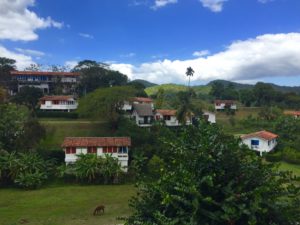
Playa Giron, best known as the landing site for the doomed Bay of Pigs invasion, attracts tourism for its historical relevance and proximity to scuba diving sites, but remains a sleepy town with a close-knit community. Its small, squat houses are unlike the fancy buildings in Havana’s Vedado, but Playa Giron retains an air of tranquility that can’t be found in the city.
Life runs at a slower pace outside the city. People in rural Cuba have a remarkable amount of free time, even with the burden of farm work. Diago, our taxi driver, commented that living in the countryside might be nice for a time, but boredom would eventually drive him crazy. Understandable, given the contrast of shuttered buildings in Mayajigua, a small town near La Picadora, on a Saturday night, in contrast with the glimmering cinemas and nightclubs along Calle 23 in Havana.
Cuba’s smaller cities
Not all outside Havana is countryside. Cuba has a number of small cities, each with its own character. These provincial cities enjoy some comforts of urban life but with a more relaxed lifestyle. During a visit to Santiago in eastern Cuba, we got a limited view of this starting with Trinidad, a city popular with tourists for its old architecture and live music, but without the crowds of Havana Vieja.
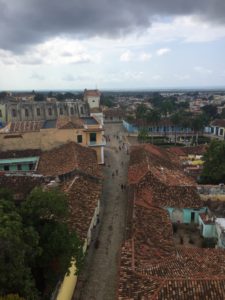
Beyond Trinidad, you notice fewer tourists even in similarly sized cities. Prices for goods get cheaper and products are less diverse. This is true in Camagüey, an inland city dominated by bikes that breaks with usual Spanish architecture towards a style closer to French. Bayamo is known as the city that set off Cuba’s battle for independence against Spain and birthplace of Manuel de Céspedes, a hero of the independence war. Bayamo has an interesting boulevard, common in mid-sized Cuban cities, consisting of a walkable road with shops, restaurants, and artistic sculptures. Finally, there’s Santa Clara, home of Ché Guevara’s mausoleum and Cuba’s first LGBTQ+-accepting nightclub, el Mejunje.
In Santiago, Cuba’s second largest city, you’re back in the urban world, yet this city is no copy of Havana. Known as the birthplace of the revolution that overthrew Bautista in 1959, Santiago has many historic landmarks from that era. Santiago’s sloped terrain and colonial architecture also make it a great place to snap a sunset.
This is an overview of the human environments you might encounter in Cuba, but there are many more places worth visiting. A semester seems like a long time, but it goes by fast, so take every chance you get to travel!
Alan H. | University of Texas at Austin | Universidad de La Habana Partnership | IFSA International Correspondent